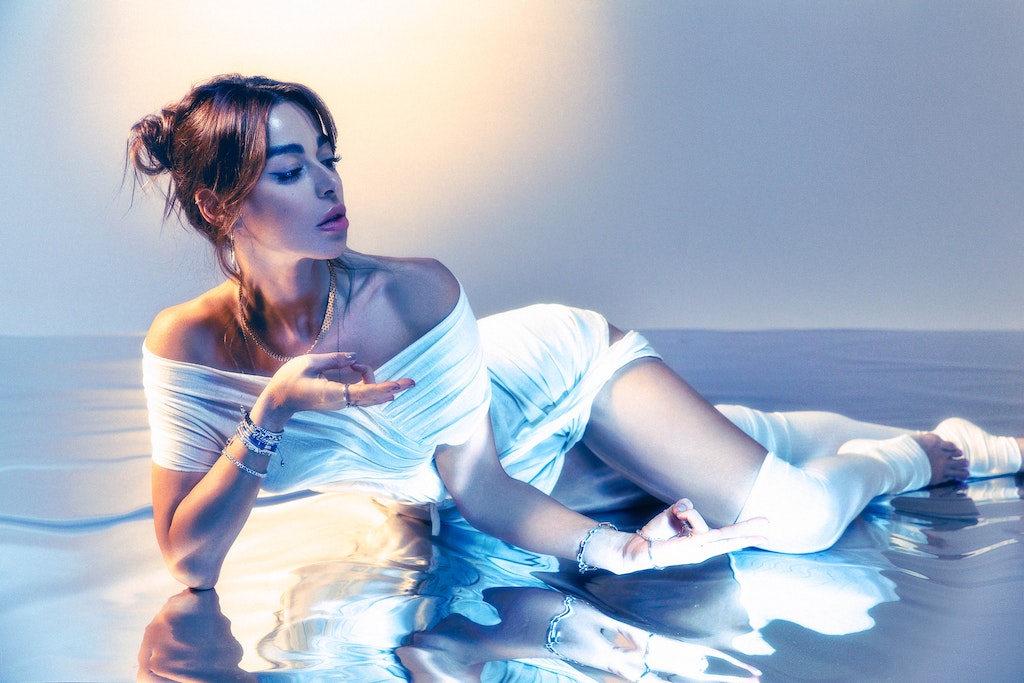This conversation explores how contemporary figurative art can act as a vessel for body and emotional expression, examining the sacredness of touch, vulnerability, and the complexity of human connection. The artist reflects on the role of intimacy in painting, the emotional weight of materiality, and the power of sensory presence in art to counter modern disconnection.
 https://www.nastymagazine.com/wp-content/uploads/2023/05/342891494_606499691515701_3429039189325539895_n.jpg
1067
1600
Editor Nasty
https://www.nastymagazine.com/wp-content/uploads/2015/02/new-logo-basker-WHITE4.png
Editor Nasty2023-05-26 16:55:302025-03-19 13:23:35The Sirens of Titan / Dark Heart Beating
https://www.nastymagazine.com/wp-content/uploads/2023/05/342891494_606499691515701_3429039189325539895_n.jpg
1067
1600
Editor Nasty
https://www.nastymagazine.com/wp-content/uploads/2015/02/new-logo-basker-WHITE4.png
Editor Nasty2023-05-26 16:55:302025-03-19 13:23:35The Sirens of Titan / Dark Heart Beating










